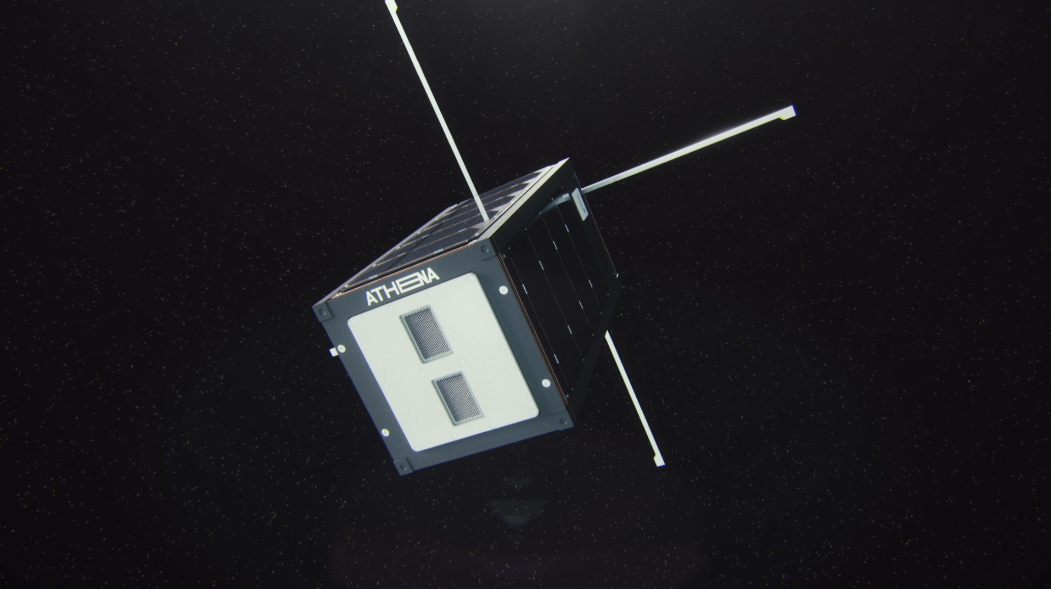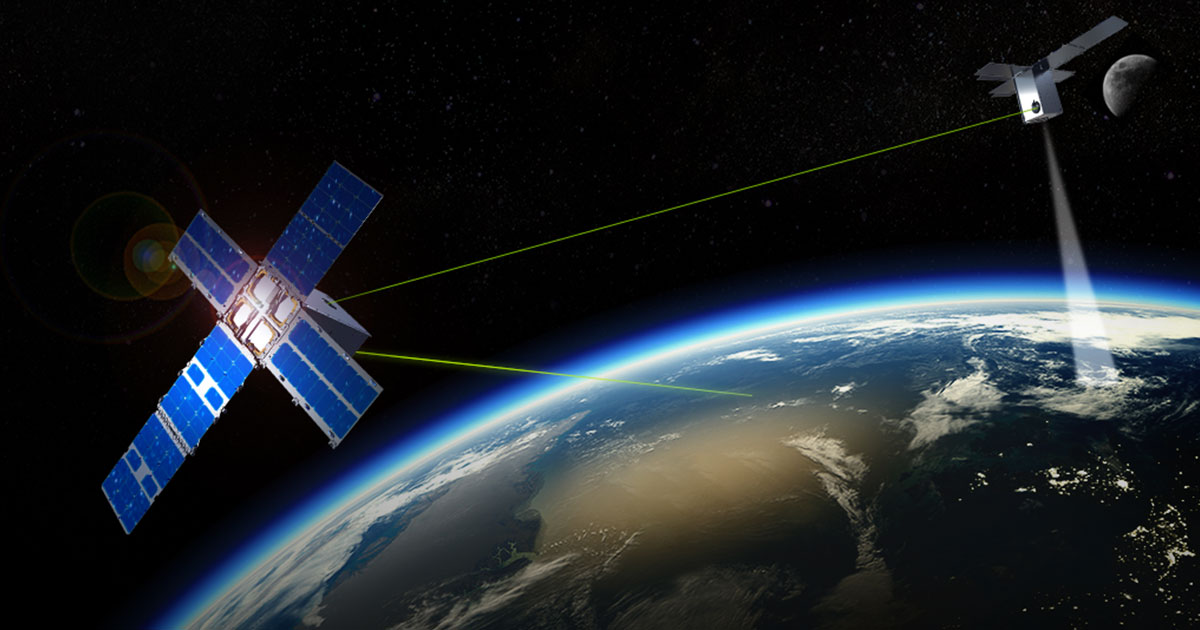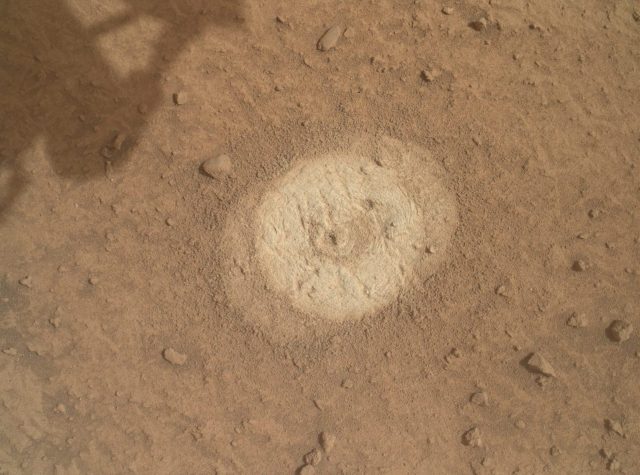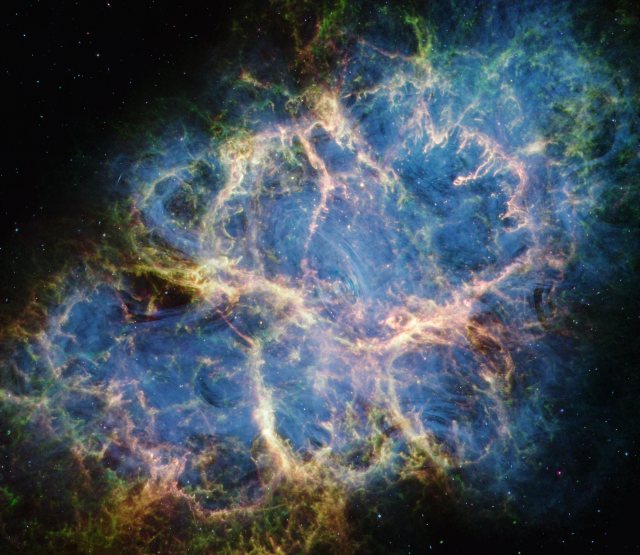Spain’s Ienai Space gets funds to demo electrospray thrusters
Original Publication Date: 2024-06-17 21:15

Spanish small satellite propulsion developer Ienai Space has raised 3.9 million euros. Ienai aims to start demonstrating electrospray thrusters in low Earth orbit around the end of this year. The first demonstrator is set to join a spacecraft from Dutch cubesat maker ISIS Space.
Space Force taps four firms for laser network project
Original Publication Date: 2024-06-17 21:03

Blue Origin, CACI International, General Atomics, and Viasat will compete to design and prototype optical communications terminals for use in space. These terminals essentially function like high-powered modems, using lasers to transmit and receive data. The goal of the Enterprise Space Terminal project is to establish a space mesh network across various orbits.
GAO raises red flags over supply chain issues and delays in DoD space programs
Original Publication Date: 2024-06-17 20:34

GAO: Pentagon remains sluggish in fielding innovative weapon systems. Report examined 70 major weapon systems across the military services. Report flags several hiccups in Space Force programs, including long-standing issues with the Global Positioning System’s ground control system. It also cites supply chain challenges and technical risks for the Space Development Agency’s planned constellation of satellites.
Rocket Lab and Kinéis count down to Europe’s first launch of IoT constellation of 25 nanosatellites – SatNews
Original Publication Date: 2024-06-17 00:00

Rocket Lab’s Electron is scheduled to launch France’s “No Time Toulouse’ IoT mission on June 20, 2024. Rocket Lab will send Electron from Launch Complex 1, Mahia Peninsula, New Zealand. The rocket will carry the first five Internet-of-Things (IOT) satellites of a 25-satellite constellation.
Synspective signs MLA with Rocket Lab – SatNews
Original Publication Date: 2024-06-17 00:00

Synspective Inc. Has signed their largest launch agreement to date, that being a ten launch deal with Rocket Lab. Rocket Lab has been the sole launch provider for Synspective’s StriX constellation, successfully deploying four, StriX satellites across four, dedicated Electron launches since 2020. The launches in the new deal will occur across 2025 and 2027.
SpaceX to launch two on Tuesday with SES ASTRA 1P mission from Florida – SatNews
Original Publication Date: 2024-06-17 00:00

SpaceX is targeting Tuesday, June 18 for a Falcon 9 launch of the SES ASTRA 1P mission to geosynchronous transfer orbit. The two-hour and 49-minute launch window opens at 5:35 p.m. ET. A live webcast of this mission will begin on X @SpaceX about 15 minutes prior to liftoff.
In celebration of Juneteenth – SatNews
Original Publication Date: 2024-06-17 00:00

June 19 was officially declared a U.S. Holiday celebrating the end of slavery in the United States. In celebration of Juneteenth the Satnews offices will be closed on Wednesday, June 19 and will reopen on Thursday, June 20. The Satnews offices will also be closed on Friday, June 20.
Ubotica achieves breakthrough in Live Earth Intelligence with CogniSAT-6 – SatNews
Original Publication Date: 2024-06-17 00:00

Ubotica’s SPACE:AI can perform real-time, on-board identification of ships from a single, raw, unprocessed image without prior training specific to the imager or sensor. This breakthrough technology dramatically simplifies and accelerates the process of extracting valuable information from Earth Observation data.
Sols 4214–4215: The Best-Laid Plans…

"Mammoth Lakes" Is a potential drill target that we selected on Monday. Monday's plan also included a "preload test" To determine the safety of drilling. Although the APXS data indicated that this location meets our science objectives, the preload test was unsuccessful.
Investigating the Origins of the Crab Nebula With NASA’s Webb

The Crab Nebula is a supernova remnant. The dust is found in the dense filaments of the outer shell. It differs from other supernova remnants, like Cassiopeia A and Supernova 1987A. The Crab Nebula lives up to a tradition in astronomy: The nearest, brightest and best-studied objects tend to be bizarre.
Webb identifies surprising carbon-rich ingredients around young star
Original Publication Date: 2024-06-17 19:59

A new study shows the richest hydrocarbon chemistry ever observed within a protoplanetary disk. This is a disk of gas, dust, ice, and other material that surrounds a newly formed star wherein planets can form. Scientists currently believe terrestrial planets form more efficiently than gas giants when forming around extremely low-mass stars. But the compositions of these terrestrial planets are largely unknown. The new Webb observations suggest that protoplanetary disks around low-mass stars evolve differently than disks around more massive stars.
